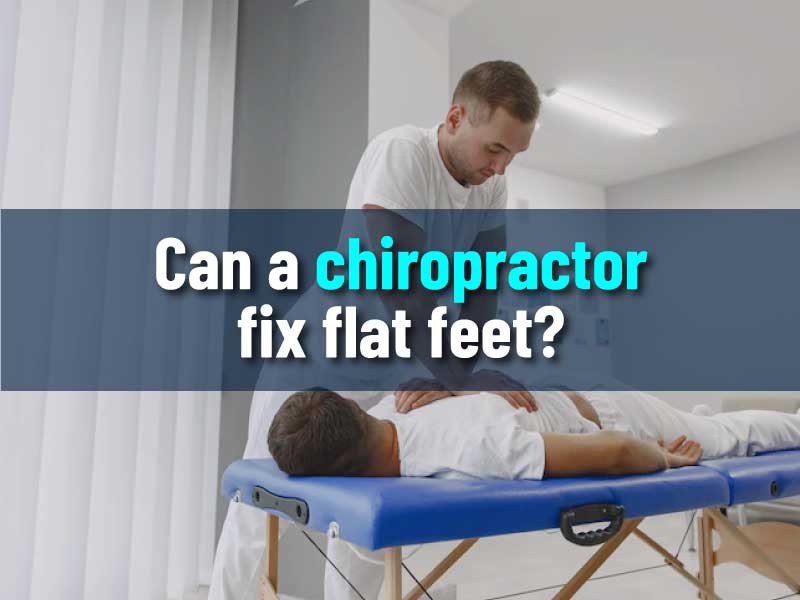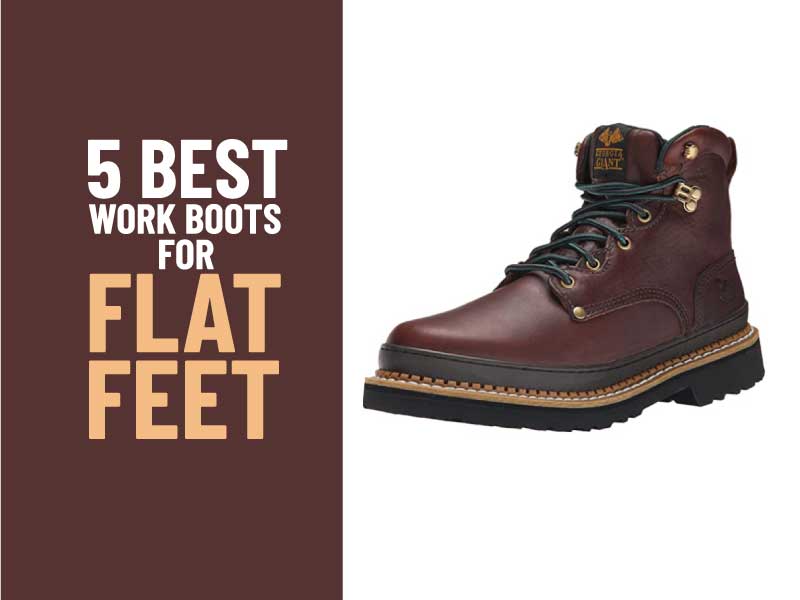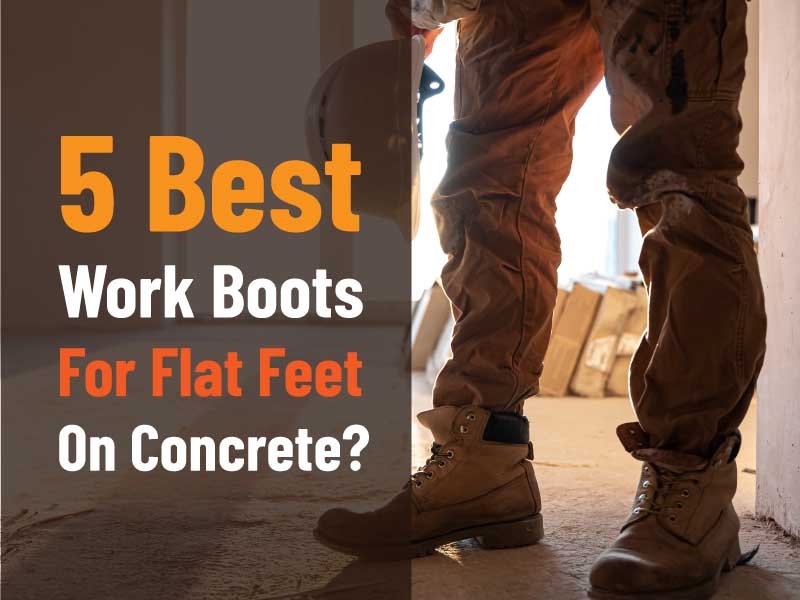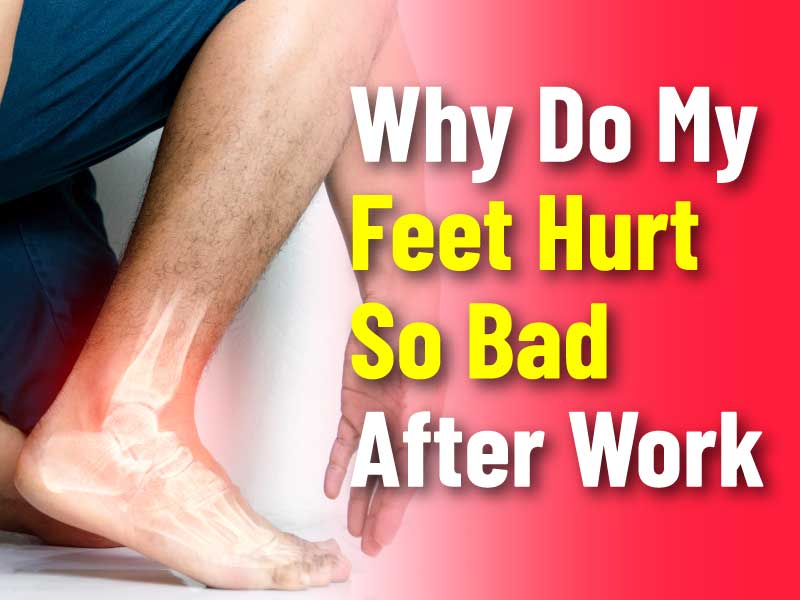Any average human stands for approximately four hours and walks about 8000 to 10,000 steps on a daily basis. That is why thousands of people experience flat feet and other related symptoms with it. There are a number of reasons why people get flat feet, and thankfully, they can adapt to a handful of measures to counter it.
Can a chiropractor fix flat feet? The answer is yes, they can. Chiropractors have a series of solutions available for the treatment of flat feet, foot pain, lower back, and hip pain, and also various problems related to the plantar fascia. Before we jump into the solutions in detail, let’s find out what causes flat feet.
Contents
Understanding Flat Feet
Flat feet is a common condition where the arch of your foot collapses such that the entire bottom of the foot makes contact with the floor. This condition can be caused by various factors such as genetics, injuries or weak arches.
If you experience pain, discomfort or swelling in your feet, it could be an indicator of flat feet. Though many people may still be unfamiliar with the concept of flat feet, chiropractors can help evaluate, manage, and improve the symptoms of the condition.
Let’s dive into the various aspects of flat feet:
Definition Of Flat Feet
Flat feet, also known as overpronation, is a medical condition where one or both feet doesn’t have a normal arch. Flat feet can either be rigid or flexible, depending on whether the arch is absent at all times or only when standing.
The impact of having flat feet in your everyday activities, such as walking or running can lead to discomfort, pain and posture issues.
The Different Types Of Flat Feet And Their Symptoms
Flat feet can take two main forms; flexible and rigid. These differ in terms of severity and how the foot functions.
Symptoms Of Flexible Flat Feet Commonly Include;
- Pain in the arch or heel area
- Discomfort in the lower leg
- Difficulty standing on toes
- Uneven shoe wear
- Posture-related pain
- Pain in the outer foot or ankle
Rigid flat feet are more extreme and usually a result of an underlying medical condition like clubfoot or an injury. Symptoms in this situation primarily include;
- Trouble moving the foot or ankle
- Limited motion
- Inability to flex the foot or ankle
- Severe pain
Reasons people get flat feet
There is no reason to feel alone if you have flat feet because many people suffer from it. flat feet can cause a number of problems, both to your posture and overall health. Now, what is Flat Feet?
The arch below our feet functions as a natural shock absorber that is related to our daily activities. When you lose the arch, you lose the shock-absorbing capabilities, and from that, complications arrive. Foot pain, knee, and lower back pain, and hip pain are some of them. Some more acute symptoms include Achilles Tendinitis, Plantar Fasciitis, and Shin Splints.
Among these, Plantar Fasciitis is a common medical situation that affects the plantar fascia strain – connecting the heel with the toes. The untreated plantar fascia can stretch abnormally and tear repeatedly, especially for flat-footed people.
Let’s look at some other causes of flat feet.
- For many people with flat feet, the condition is genetic. People can be born with a flat foot.
- Knee and ankle injuries can cause flat feet.
- Pregnant women often experience flat feet.
- Neurological or muscular disease and tendon injuries can contribute to flat feet.
- Flat feet are more common in old age.
- People with diabetes, weight issues, and obesity are at a higher chance of experiencing flat feet.
Can a chiropractor fix flat feet?
There are many cures available for all these conditions and of course, flat feet. We have already answered the question, ”Can a chiropractor fix flat feet?” as yes, but how?
If you see anyone ask, “Can a chiropractor fix flat feet?” they probably don’t know the variety of treatments the chiropractors offer for anything related to body adjustments.
Let us know about the treatments now.
· Orthotic devices
This is one of the most common treatment methods chiropractors apply for treating flat feet. This device is for providing and maintaining arch support, which decreases foot pain and other issues. There are mainly two types of orthotic devices available. One is a heat molding orthotic and the other is a custom orthotic.
The chiropractor can use one or both of these devices, depending on the type of problem the person has, and also age, body type, weight, leg and feet size, shape, etc. the doctor may also consider the patient’s prior usage and history of using orthotic devices and medication. Different densities of orthotics can come in use including other accessories such as a heel lift and dome. Supporting orthotics may help reduce the stress on the plantar fascia that is subjected to tearing and stretching, however, they do not help much in the case of fallen arches.
· Shockwave therapy
Shockwave therapy is an effective way to treat patients with flat feet. It is a non-invasive procedure, meaning that it is completely safe for patients suffering from chronic cases of plantar fasciitis. The shockwave therapy reduces foot pain by helping to regenerate new tissues, while also repairing damaged, torn tissues. The treatment felicitates the formation of newer blood vessels that helps in collagen synthesis. Collagen synthesis is essential for damaged tissues, and ligament repairs. Moreover, this process helps a lot in curing plantar fasciitis.
· Chiropractic adjustments
If somebody has flat feet, it brings biomechanical changes in body functions and causes feet, legs, hips, and lower back to ache. Chiropractic adjustments contribute to reducing joint restriction and therefore, joint pain. Chiropractors also use orthotics in combination to achieve better results.
The Importance Of Proper Footwear
Can A Chiropractor Fix Flat Feet?
If you have flat feet, you may be wondering if a chiropractor can help correct your condition. Flat feet occur when the arches in the feet collapse, causing the entire sole of the foot to make contact with the ground.
This can lead to problems with posture, balance, and even cause pain in other parts of the body. One of the key factors in managing flat feet is wearing appropriate footwear. We’ll explore the importance of proper footwear for flat feet, as well as some tips and recommendations for selecting supportive shoes.
Proper Footwear For Flat Feet
Wearing proper footwear is essential for individuals who have flat feet. It helps alleviate any pain, prevents further damage to the feet, and promotes better posture and balance. Here are some things to look for in proper flat feet footwear:
- Arch support: Shoes with good arch support can help in maintaining the natural shape of the foot while providing the necessary support for the arch.
- Firm heel: A firm and stable heel can provide the necessary stability to the foot and reduce the pressure on the arches.
- Wide toe box: A wide toe box can help in providing enough room for the toes to spread naturally, creating a better base of support for flat feet.
Recommendations For Supportive Shoes
When looking for supportive shoes for flat feet, here are some things to consider:
- Running shoes: Running shoes are designed to provide good arch support and come with shock-absorbing soles.
- Orthopedic shoes: Orthopedic shoes are designed with flat feet in mind, and they offer good arch support, cushioning, and proper alignment.
- Custom insoles: Custom insoles can be made to fit your feet exactly and provide the necessary support.
Tips For Selecting Appropriate Footwear
Selecting the right footwear for flat feet can be challenging. Here are some tips to make your selection process easier:
- Shop at the end of the day: Your feet tend to swell as the day progresses, so it’s best to shop for shoes at the end of the day when your feet are at their largest.
- Consider your activity: Different activities call for different shoes. Make sure you get shoes that are appropriate for the activity you’re engaging in.
- Check your shoe size: Feet tend to change size over time, so it’s always best to get your feet measured before buying a new pair of shoes.
Wearing proper footwear is a crucial part of managing flat feet. Not only does it provide enough support and prevent further damage, but it also promotes better posture and balance. When selecting shoes, make sure you go for those with good arch support, a firm heel, and a wide toe box.
With these tips and recommendations, you’ll be able to find the right shoes to help you manage your flat feet.
Exercises For Flat Feet
Flat feet can impact your mobility and lead to various problems such as arch pain, heel pain, and shin splints. However, the good news is that exercising your feet can help strengthen those muscles that support the arch of your foot.
Here is an overview of exercises that can help strengthen the feet and reduce flat foot pain:
- ### overview of exercises to strengthen the feet
- Towel curls: Place a towel on the floor and use your toes to curl it towards you.
- Ankle circles: Rotate your ankle in a circular motion, first in one direction and then in the other.
- Toe-pickups: Place small objects such as marbles or stones on the floor and use your toes to pick them up and place them in a small container.
- Toe spread: Stretch your toes wide apart and hold for a few seconds before releasing.
- Heel raises: Stand on your toes and lift your heels off the ground.
- ### daily practices to improve foot health
Flat feet can often be worsened by poor posture and lack of movement. To help improve foot health, try incorporating these practices into your daily routine:
- Stretching: Before starting any exercise, ensure that you stretch your feet.
- Good posture: Practice standing and sitting straight, with your shoulders back and your feet firmly planted on the ground.
- Healthy shoes: Make sure to wear shoes that support the feet and provide adequate space for your toes.
- Massage: Regular foot massages can help improve circulation and promote relaxation.
- ### physical therapy options
If flat feet are causing severe pain and discomfort, you may want to consider physical therapy as an option. Through a combination of exercises, stretches, and massage, physical therapy can help improve foot alignment and strengthen the muscles that support the arch of the foot.
Some common physical therapy options for flat feet include:
- Taping: Your physical therapist may use special tape to support the arch of your foot.
- Orthotics: Custom foot insoles can help provide support and cushioning to the foot.
- Massage: Techniques such as myofascial release can help release tension and improve circulation in the feet.
While exercises and daily practices can help improve flat feet, if you are experiencing severe pain or discomfort, it’s important to consult a chiropractor or physical therapist for a proper diagnosis and treatment plan. Remember to practice consistency and build up slowly when exercising to reduce the risk of injury.
Frequently Asked Questions On Can A Chiropractor Fix Flat Feet?
Can A Chiropractor Fix Flat Feet?
Yes, a chiropractor can help treat flat feet. They can use different techniques such as orthotics or custom-designed shoe inserts. Chiropractors can also conduct adjustments to help realign the bones and reduce pain associated with flat feet.
What Causes Flat Feet?
Flat feet occur when the arches of the feet collapse, making them flat with the ground. This can be caused by several factors, such as genetics, weak arches, muscle or nerve diseases, pregnancy, aging, or injury.
What Are The Symptoms Of Flat Feet?
Signs of flat feet may include pain in the feet, ankles, calves, or knees, especially after prolonged periods of standing or physical activity. Other symptoms may include swelling, stiffness, or a feeling of weakness in the feet.
How Are Flat Feet Diagnosed?
The diagnosis of flat feet typically involves a physical exam or imaging tests such as x-rays, mris, or ct scans. A healthcare provider may also examine the patient’s gait (walking pattern), measure the arch height, and evaluate the patient’s medical history.
Can Flat Feet Be Corrected With Surgery?
In severe cases, surgery may be necessary to correct flat feet. However, chiropractic treatment can often relieve pain associated with flat feet without the need for surgery. Orthotics, exercises to strengthen the muscles and ligaments, and chiropractic adjustments are alternative non-surgical treatments for flat feet.
Conclusion
After considering all the factors, it is clear that chiropractic treatment can help with flat feet. Not only can it address the misalignment of the bones and joints that cause the condition, but it can also alleviate symptoms like pain, stiffness, and weakness.
Chiropractors use a variety of techniques such as adjustments, exercises, and orthotics to correct flat feet and improve overall foot function. With proper care and consistency, it is possible to see a significant improvement in foot health and quality of life.
It is important to note that chiropractic treatment should not be used as a standalone solution for flat feet, but rather in conjunction with other medical interventions. If you are struggling with flat feet, consider consulting a chiropractor to see how they can help.
Your feet will thank you.




